Serena vs. BJK, Evert vs. Barty, Graf vs. Sharapova: Across 50 years, imagine these match-ups between WTA greats
By Oct 06, 2023As the 50th year of the WTA Tour comes to an end, a look ahead to its next fifty
By Dec 31, 2023A spirit of activism has always been a part of the WTA tour
By Dec 11, 2023Chapter 10: From Venus and Serena to Naomi and Maria, the WTA's crossover icons are on a first-name basis
By Nov 07, 2023Approaching 80, Billie Jean King is still globetrotting for investment in women’s sports
By Oct 12, 2023The Room Where It Happened: WTA Tour marks 50 years, backwards and forwards
By Aug 26, 2023Chapter 8: The WTA tour's global reach extends to nations and athletes everywhere
By Aug 25, 2023Chapter 7: 50 years after the WTA was created, its future is now—and never-ending
By Jul 15, 2023Chapter 6: Austin, Graf, Sharapova and Raducanu exemplify the WTA's capacity for teenage stars
By Jun 21, 2023Chapter 5: Venus and Serena Williams are perhaps the greatest story in the history of sports
By Jun 03, 2023Serena vs. BJK, Evert vs. Barty, Graf vs. Sharapova: Across 50 years, imagine these match-ups between WTA greats
A wide range of styles ensure that the tour will never stop growing, as Chapter 9 of our year-long series explains.
Published Oct 06, 2023
Advertising
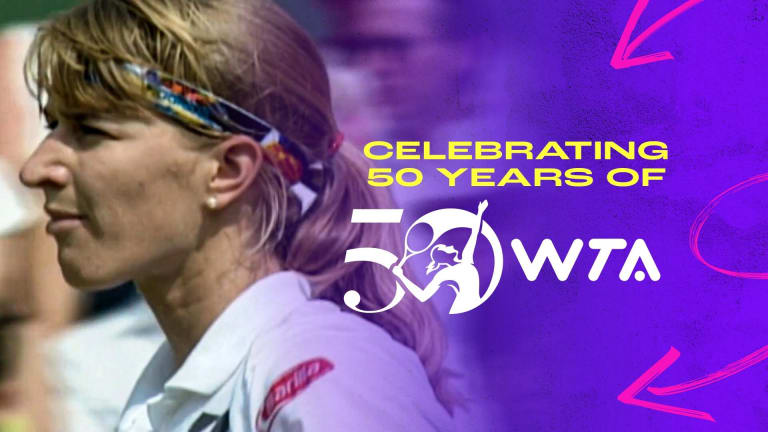
"It's been one of the great success stories," says Lesley Visser, on the WTA Tour's wide range of styles.
Advertising

“These two are both such great competitors and very emotional. So it gets down to who can best control their emotions.”
Advertising
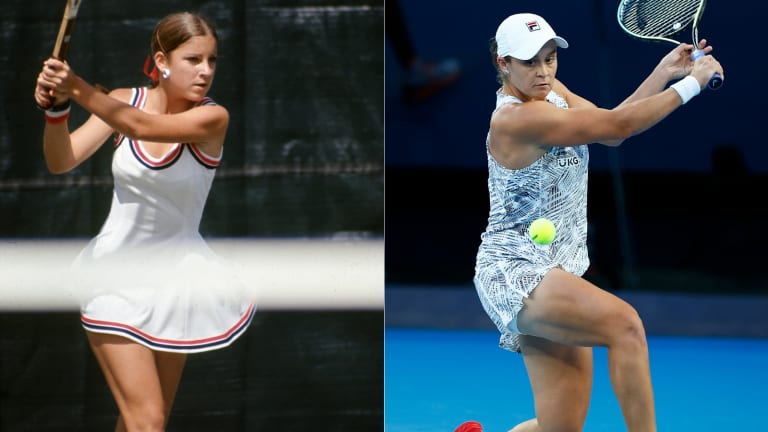
“Barty had every bit as good a temperament as Evert.”
Advertising
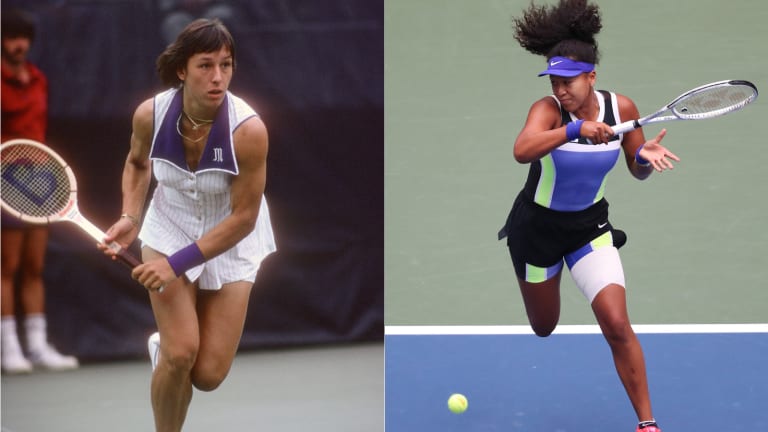
One fascinating aspect: Osaka’s aggressive service returns versus a frequent net-rusher—a style she’s never encountered.
Advertising
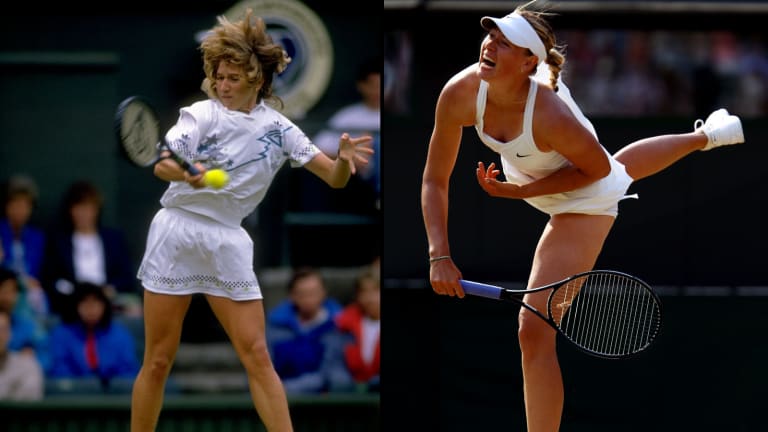
Both were willful and strong off the ground, Graf usually with her forehand, Sharapova off the backhand side.
Advertising
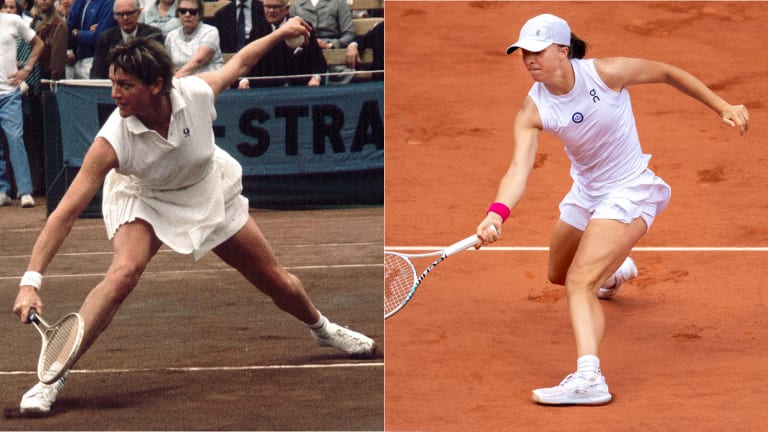
So far in her career, Swiatek has won three of her four majors at Roland Garros. Court won the singles title there five times.